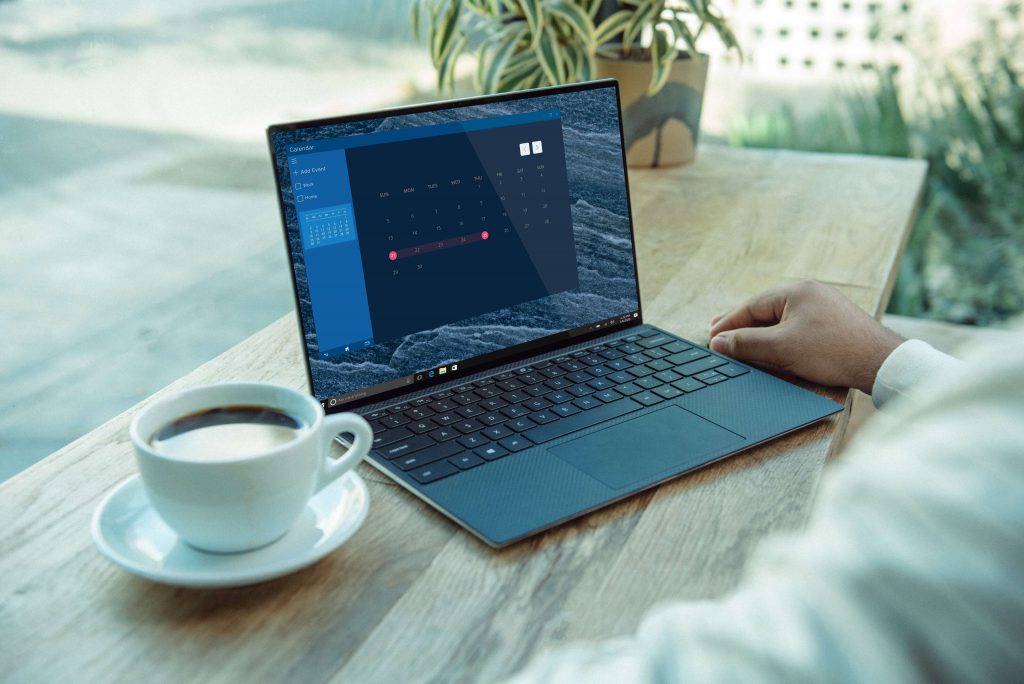Anchor text is clickable text in a hyperlink. It usually takes the form of blue, underlined text. This is standard on the web, although it is possible to change the color and underline using HTML code. Proven SEO methods say that anchor text should be relevant to the linked page, not generic text.
Preparing an anchor is not limited to highlighting words and creating links to the page. You need to look at different types of link text before you choose a specific strategy.
Exact match: the anchor text is the exact keyword or phrase for which you want to rank.
Phrase match: the anchor text contains the keyword phrase for which you want to rank
Partial match: the anchor text contains all the words in the query, but not as an exact phrase
Branded: branded anchors can lead directly to your home page or another pillar page and will be the name of your business
“A bare link” is simply a URL pasted into text from the browser bar – but it’s clickable! You may see hyperlinks like this if someone puts references at the bottom of their article and includes your link as a source. They don’t look pretty, but Google likes bare anchors because they are much less likely to suggest that someone is trying to use spammy practices to establish keyword position.
Brand + keyword anchors
These include a brand name (or branded phrase) and a keyword. They can help you optimize for a keyword without looking spammy on Google. Additionally, they help build brand recognition.
You may have heard that adding ALT text to your image description is important? Google treats it as an image anchor (when said image is part of a link). Image anchors are important because they diversify your anchor text profile. In addition, they can improve your SEO for Google images
A hyperlink allows readers to go to a specific part of the page. If your article is really long or contains a lot of text, consider creating a table of contents or index using anchors for quick navigation.

Internal linking is important because it transfers link authority from one page to another. Typically, the home page of a website contains the most links leading to it. In particular, the keywords used in the anchor can affect keyword rankings. They signal Google which page should rank for that keyword.
The same goes for links pointing to your site. By using anchor text that contains keywords in strategic places, you can pass authority from one site to another while affecting your keyword ranking.
To create an anchor, simply select the words you want to link. Click the hyperlink tool in your content management system and add the link. You can also include it manually with HTML code.
The words included in the anchor help determine the ranking the page will receive by search engines such as Google or Yahoo and Bing
Avoid using generic words such as “click here”, “this”, “read this”, “read more”, etc. These words do not give search engines enough indication of what the linked page is about.
Do away with anchor text unrelated to the content of the linked page.

The keywords in anchor text are one of many factors that search engines use to determine the topic of a web page. SEO encompasses many elements. Google is updating its algorithm more and more frequently. Staying up to date with these modifications – including the latest changes such as creating quality content, getting great backlinks from other websites, writing meta descriptions and using H2 subheadings – is crucial if you want yours to rank high in search results. This will create more traffic to your site.
Although anchors usually lead to web pages, they can also initiate downloads and create links to documents, such as PDFs or Google Drive files. Therefore, you should only click anchors from trusted sites and hover your mouse over the link – but don’t click! – to make sure the URL looks trustworthy.
Anchor text signals readers what to expect before they click the link. Anchor words are a promise of what’s on the other side of the link, so they need to be very relevant. In addition to this, it tells Google’s algorithms what your content is about. Google’s algorithms use the anchor to make sure you are not engaging in spammy practices
Main article image: photo by Grant Durr, source: unsplash.com